TECHNOLOGY USED FOR THE MAKING OF TRAFFIC SIGN
Almost every individual on this planet earth who commutes regularly would have come across at least one traffic sign or a road sign in their lifetime. These traffic signs are boards that are erected on the left side of the road or above the road and are usually seen most often on highways and expressways. They come in various shapes, sizes, heights, and colors and helps in communicating short and crisp messages while driving.
Purpose of Traffic sign
The purpose of traffic signs is to help motorists and pedestrians get a clear picture and convey the right information while they are on the road. These traffic signs provide:
- Necessary information about the distance of a destination from the current location.
- They provide warning signals in the form of symbols and words.
- It also provides the right direction by guiding the drivers along the road.
Now that we have understood the purpose of traffic signs on the roads, we will look at how these traffic signs are made and the methods that are used which will help in appreciating and respecting these signboards that are placed at regular intervals for the benefit of the motorists and pedestrians.
The method used in making traffic sign
Retroreflective sheeting is used in the making of traffic signs and this is helping in reflecting the light back to the light source making it safe for effective visibility, especially during the night time. So that the driver can easily identify an object at a distance. There are two different methods used in making traffic signs:
1) Plotter cutting method.
2) Printing method.
We will discuss these two methods in detail, however, the process of lamination is the same for both these methods.
Plotter Cutting Method
Plotter cutting is a computer printer process in which knives are used to cut the surface of a paper or vinyl. The process has a pressure control which helps in cutting out the alphabets or designs only on the outer vinyl surface without penetrating into the backing material. These alphabets or designs are then laminating onto the surface of the traffic signs plates. Mostly a very reflective sheeting or nonreflective sheeting is used for plotter cutting and this is because the backgrounds on which these designs and shapes are attached are made with highly reflective sheeting which is attached to aluminum plates. For better performance of the traffic sign, the next step is to laminate the background first and then to laminate the alphabets and shapes that are cut using the plotter cutting method. PET and Acrylic material reflective sheeting is used for plotter cutting as this is an exceptionally good material.
Printing Method
The PVC material is excellent for digital printing. The traffic sign is printed either by 1) Screen printing or 2) UV Digital printing method and both these methods are highly recommended as the prints of traffic signs on these do not wither quickly and last for years.
Screen Printing Method
Screen printing traffic sign is a method in which first the stencils or also known as the screen for the required design is developed and then this stencil is used on the surface of a sheet to apply layers of ink. In Screen printing, there are again two different methods that are used for printing the traffic sign.
1. In the first method, the aluminum plate and the reflective sheeting are cut separately to the required size. Then both the aluminum sheet and the reflective sheeting are laminated together by the use of a roller, this creates the surface which is a half-finished product. The next step is to fix this half-finished surface in a flat position of the printing operation screen. Once this is done then the printing process starts. After the printing is done, sufficient time is allowed for the ink to dry and finally, the finished product is then laminated. Another option is to laminate the entire traffic sign sheet and then attach it to the aluminum plate. We always recommend our XW 5200 to customers.
2. The second method is to completely print the alphabets or designs of the traffic sign on the raw material of the reflective sheeting. Once the printing is done the next step is to attach the reflective sheeting onto the aluminum plate and then get the finished product laminated. Again in this process also once the printing is done on the reflective sheeting, it can be first laminated and then cut in the shape of the aluminum plate and attached to the plate. This method of completely printing the reflective sheeting is widely used by manufacturers especially for bulk orders as this method helps in cost-cutting and helps to save time and energy of labors, especially in developed countries.
UV Digital Printing Method
Today in the world of the printing industry, using the UV digital printing technology is the fastest growing trend. UV digital printing is a unique method of printing onto the substrate by means of Ultraviolet rays. The method is unique because unlike the conventional method where once the printing is done, the surface has to be kept aside for a certain period of time for the ink to dry, in UV digital printing once the printer distributes the ink equally on the substrate, the specially designed UV lights closely follows along the ink by curing and drying it instantly. Hence, the UV lights or the photomechanical process helps in turning the ink from a liquid state to a solid-state immediately.
UV Digital printing is of two types:
→ Dot printing – This helps in having a clear turnout in curves and makes it easy to check the lines and characters while printing. Makes the picture stand out and gives a three-dimensional feel when held at a distance.
→ Mister inkjet – Makes the printing of the picture look fuzzy and gray.
There are advantages of using UV Digital printing methods:
- Quick and easy customized printing can be done on any surface of the material.
- It is eco-friendly as it allows for a cleaner, greener and safer environment with zero emission of solvents in the atmosphere.
- Less wastage while printing.
XW reflective offers a wide range of materials for making traffic signs:
- For plotter cutting XW reflective provides the raw material of reflective and non-reflective material.
- XW reflective provides a semi-product for printing on the reflective sheeting. They also can customize the printing by cutting the pieces according to the requirement.
- Cooperative factory for semi and finished traffic signs.
- Durable eco-solvent digital printing reflective sheeting.
- PVC digital printing reflective film
- Acrylic coated reflective sheeting for visibility of traffic signs.
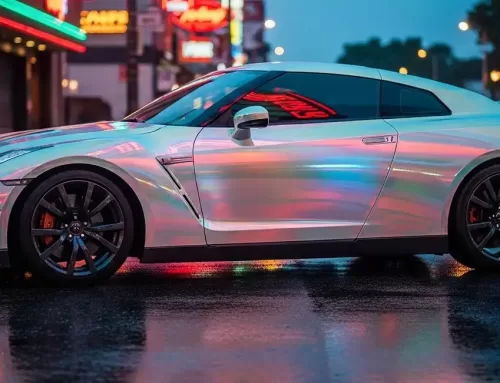
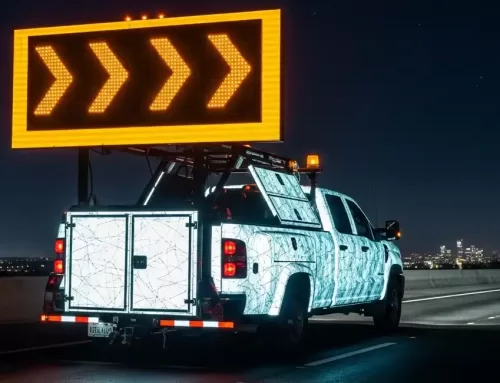
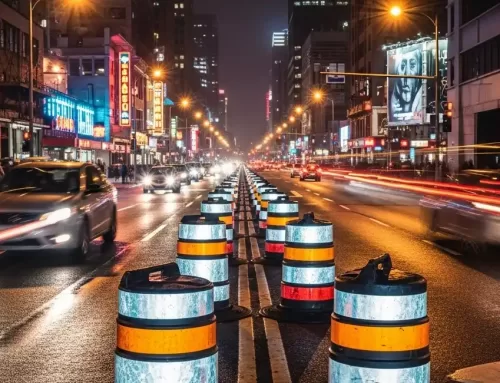
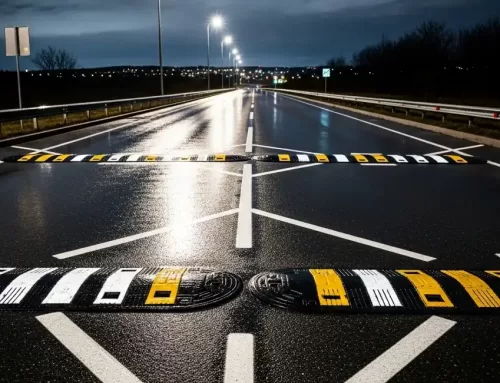
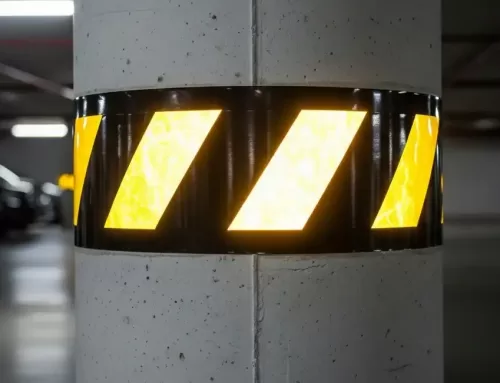

Leave A Comment